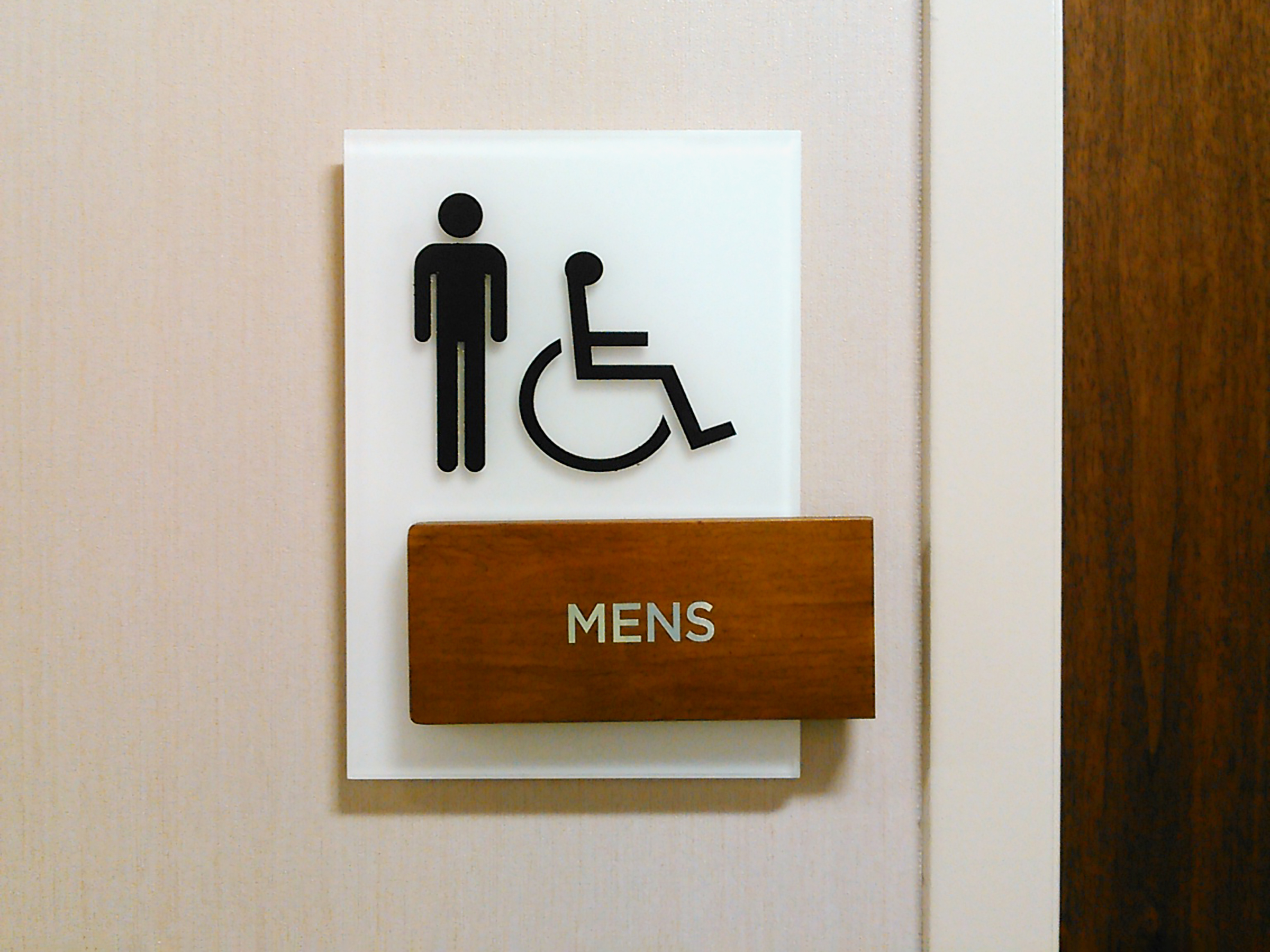A Comprehensive Guide to Choosing the Right ADA Signs
A Comprehensive Guide to Choosing the Right ADA Signs
Blog Article
Discovering the Secret Functions of ADA Signs for Boosted Ease Of Access
In the realm of access, ADA indications function as quiet yet effective allies, guaranteeing that areas are comprehensive and navigable for individuals with impairments. By integrating Braille and tactile elements, these indicators break obstacles for the aesthetically impaired, while high-contrast color design and clear typefaces satisfy varied aesthetic demands. In addition, their strategic positioning is not arbitrary yet rather a calculated initiative to promote seamless navigating. Yet, past these attributes lies a deeper narrative concerning the advancement of inclusivity and the recurring dedication to creating equitable areas. What more could these indicators signify in our search of global ease of access?
Importance of ADA Conformity
Ensuring conformity with the Americans with Disabilities Act (ADA) is critical for fostering inclusivity and equal gain access to in public rooms and work environments. The ADA, established in 1990, mandates that all public facilities, employers, and transport solutions accommodate people with specials needs, ensuring they delight in the very same rights and opportunities as others. Conformity with ADA requirements not just fulfills lawful obligations yet also enhances a company's reputation by showing its commitment to variety and inclusivity.
One of the key elements of ADA conformity is the implementation of obtainable signage. ADA signs are created to make certain that individuals with specials needs can conveniently browse via spaces and buildings. These indicators need to comply with specific guidelines relating to size, font, color contrast, and placement to assure exposure and readability for all. Properly executed ADA signs helps get rid of obstacles that individuals with specials needs typically encounter, therefore promoting their freedom and self-confidence (ADA Signs).
Additionally, adhering to ADA policies can mitigate the danger of lawful effects and possible penalties. Organizations that fail to follow ADA standards may face claims or penalties, which can be both financially troublesome and damaging to their public image. Thus, ADA conformity is essential to cultivating a fair environment for everybody.
Braille and Tactile Elements
The unification of Braille and tactile aspects into ADA signage embodies the principles of access and inclusivity. It is typically placed beneath the corresponding message on signs to ensure that people can access the info without aesthetic support.
Responsive components expand beyond Braille and include raised characters and icons. These parts are designed to be discernible by touch, permitting people to identify space numbers, toilets, departures, and various other crucial areas. The ADA establishes details guidelines concerning the size, spacing, and placement of these tactile components to enhance readability and ensure consistency throughout different settings.

High-Contrast Color Pattern
High-contrast color design play a pivotal role in boosting the presence and readability of ADA signs for individuals with visual problems. These schemes are vital as they make the most of the difference in light reflectance between text and history, ensuring that indications are easily noticeable, also from a range. The Americans with Disabilities Act (ADA) mandates the use of specific shade contrasts to suit those with limited vision, making it an essential element of compliance.
The efficacy of high-contrast colors lies in their capability to attract attention in numerous lights problems, consisting of dimly lit settings and areas with glare. Usually, dark text on a light background or light message on a dark background is employed to accomplish optimum comparison. Black message on a white or yellow background gives a raw aesthetic distinction that helps in quick acknowledgment and understanding.

Legible Fonts and Text Size
When taking into consideration the design of ADA signs, the selection of legible typefaces and proper text dimension can not be overemphasized. The Americans with Disabilities Act (ADA) mandates that font styles need to be sans-serif and not italic, oblique, manuscript, extremely attractive, or of uncommon kind.
The size of the message also plays a critical role in availability. According to ADA standards, the minimum text elevation should be 5/8 inch, and it needs to increase proportionally with seeing distance. This is particularly vital in public areas where signage needs to be read swiftly and accurately. Consistency in message size adds to a cohesive aesthetic experience, helping people in browsing atmospheres successfully.
Moreover, spacing in between lines and letters is essential to clarity. Ample spacing prevents characters from appearing crowded, enhancing readability. By adhering to these requirements, designers can significantly boost ease of access, making certain that signage serves its designated objective for all individuals, no matter of their aesthetic capabilities.
Reliable Placement Approaches
Strategic placement of ADA signage is crucial for maximizing access and ensuring conformity with lawful criteria. Correctly positioned indicators assist people with disabilities efficiently, assisting in navigating in public rooms. Secret factors to consider consist of proximity, height, and visibility. ADA standards specify that indicators need to be placed at an elevation in between 48 to 60 inches from the ground to ensure they are within the line of sight for both standing and seated individuals. This typical height range is critical for inclusivity, enabling wheelchair users and individuals of varying elevations to accessibility details effortlessly.
Additionally, indicators have to be positioned adjacent to the lock side of doors to allow very easy identification before access. Consistency in indicator placement throughout a center enhances predictability, lowering complication and improving total individual experience.

Verdict
ADA signs play a crucial duty in promoting access by incorporating attributes that deal with the requirements of people with disabilities. Including Braille and tactile components ensures important details comes to the aesthetically impaired, while high-contrast color pattern their website and clear sans-serif font styles boost presence throughout different lights problems. Effective placement techniques, such as suitable installing heights and critical areas, better facilitate navigation. These elements collectively promote an inclusive atmosphere, highlighting the value of ADA compliance in making sure equivalent access for all.
In the world of access, ADA signs serve as quiet yet powerful allies, making certain that areas are inclusive and navigable for people with handicaps. The ADA, passed in 1990, mandates that all public centers, companies, and transportation services suit individuals with impairments, ensuring they appreciate the exact same legal rights and opportunities as others. ADA Signs. ADA indicators are created to make sure that individuals with specials needs can quickly browse through rooms and buildings. ADA standards state that signs should be mounted at a height in between 48 to 60 inches from the ground to ensure they are within the line of view for both standing and seated people.ADA signs play an this contact form essential role in advertising accessibility by integrating features that resolve the demands of individuals with specials needs
Report this page